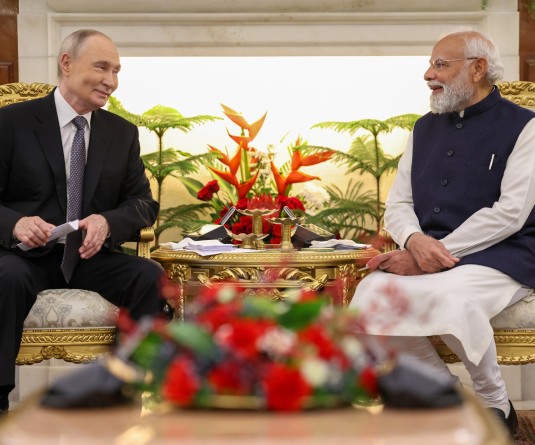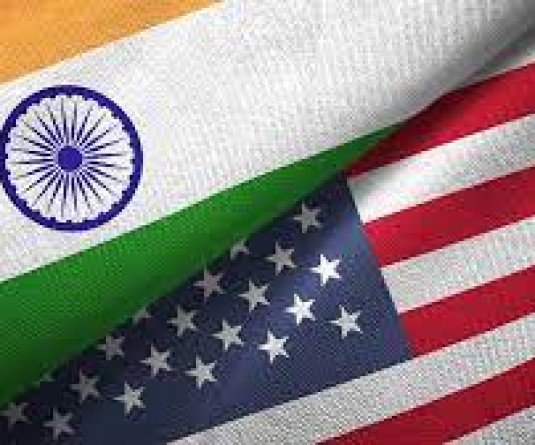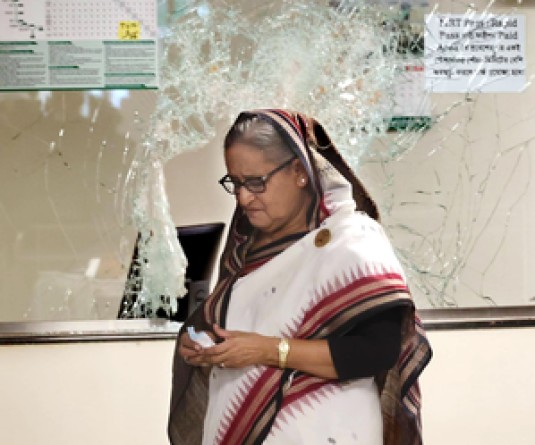
In this undated file photo released by Reuters, Japanese TV cameraman Hiro Muramoto smiles at his office in Tokyo. (AP Photo/FILE)
BANGKOK, February 28 (Reuters): Thai investigators said on Monday they were still trying to establish who killed Reuters cameraman Hiro Muramoto last year after reversing preliminary findings that a soldier probably fired the fatal bullet.
Muramoto, a 43-year-old Japanese national, was killed by a high-velocity bullet wound to the chest while covering clashes between anti-government "red shirt" protesters and troops in Bangkok's old quarter on April 10 last year. Witness accounts in a preliminary state investigation said he was shot from the direction of troops, but authorities now say the type of bullet was inconsistent with those used by soldiers.
Thai investigators have concluded the fatal bullet was of 7.62 mm caliber and that soldiers were armed with M-16 rifles that fire 5.56 mm bullets, the Director General of the Department of Special Investigation (DSI) told a news conference.
"The bullet that shot Muramoto was 7.62 mm not M-16 that was used by the authorities," Tharit said. "It could be an AK-47 or something similar ... but exactly who shot him I can't answer at this point. We need more investigation." Television footage showed troops opening fire in the direction of hundreds of protesters, while soldiers came under attack from grenades. Mysterious black-clad gunmen were filmed moving among the demonstrators. "Of course, the bullet came from the direction of the troops, but we don't know who fired it because the troops were also surrounded by red-shirt protesters," said Tharit of the bullet that killed Muramoto.
A preliminary version of the DSI report seen by Reuters in December quoted a witness as saying he saw "a flash from a gun barrel of a soldier," then watched Muramoto fall after he was shot in the chest while filming the troops.
The DSI also acknowledged on November 16 a soldier may have fired the fatal shot, but said it was too early to conclude the case. The DSI's report was sent to police for further investigation. "The apparent contradiction between the preliminary investigation and these reports makes full transparency about the process and the findings imperative," said Stephen J. Adler, Editor-in-Chief of Reuters News.
Tharit defended the DSI's investigation. "The reason we submitted a finding earlier to police that Muramoto was likely shot by a soldier was because that was what the witness said. The witness also didn't see where the bullet was exactly shot from." The latest DSI statement will likely rekindle debate over how exactly Muramoto was killed and the identity of mysterious black-clad gunmen filmed moving among the demonstrators or firing from above in sniper positions on the night the journalist died.
It also raises questions over the weapons used by the soldiers. Army spokesman Sansern Kaewkamnerd said troops deployed in Bangkok on April 10 were armed with U.S.-made M-16 and Israeli-made Tavor rifles, but red shirt witnesses reported the presence of other types of weapons. A law firm representing the red shirts and their figurehead, fugitive former Prime Minister Thaksin Shinawatra, issued a report on January 31 quoting from an unspecified number of unidentified officers in Thailand's military who said the black-clad gunmen were members of the military. The government says the shadowy gunmen were terrorists who were allied with the red shirts and responsible for most of the deaths during the clashes.
The Bangkok Post Sunday said "the army chief of staff paid the DSI head a visit to complain about an initial department finding" that blamed soldiers for the journalist's death. At least 91 people were killed in violence last April and May in Bangkok after the red shirt protesters occupied parts of the capital, and more than 1,800 were wounded. The military fought street battles with gunmen among the red shirts during the crisis, turning parts of central Bangkok into combat zones.
The military has repeatedly insisted that soldiers were not responsible for any of the deaths and injuries during the violence, a claim most independent observers consider implausible.
Muramoto, a 43-year-old Japanese national, was killed by a high-velocity bullet wound to the chest while covering clashes between anti-government "red shirt" protesters and troops in Bangkok's old quarter on April 10 last year. Witness accounts in a preliminary state investigation said he was shot from the direction of troops, but authorities now say the type of bullet was inconsistent with those used by soldiers.
Thai investigators have concluded the fatal bullet was of 7.62 mm caliber and that soldiers were armed with M-16 rifles that fire 5.56 mm bullets, the Director General of the Department of Special Investigation (DSI) told a news conference.
"The bullet that shot Muramoto was 7.62 mm not M-16 that was used by the authorities," Tharit said. "It could be an AK-47 or something similar ... but exactly who shot him I can't answer at this point. We need more investigation." Television footage showed troops opening fire in the direction of hundreds of protesters, while soldiers came under attack from grenades. Mysterious black-clad gunmen were filmed moving among the demonstrators. "Of course, the bullet came from the direction of the troops, but we don't know who fired it because the troops were also surrounded by red-shirt protesters," said Tharit of the bullet that killed Muramoto.
A preliminary version of the DSI report seen by Reuters in December quoted a witness as saying he saw "a flash from a gun barrel of a soldier," then watched Muramoto fall after he was shot in the chest while filming the troops.
The DSI also acknowledged on November 16 a soldier may have fired the fatal shot, but said it was too early to conclude the case. The DSI's report was sent to police for further investigation. "The apparent contradiction between the preliminary investigation and these reports makes full transparency about the process and the findings imperative," said Stephen J. Adler, Editor-in-Chief of Reuters News.
Tharit defended the DSI's investigation. "The reason we submitted a finding earlier to police that Muramoto was likely shot by a soldier was because that was what the witness said. The witness also didn't see where the bullet was exactly shot from." The latest DSI statement will likely rekindle debate over how exactly Muramoto was killed and the identity of mysterious black-clad gunmen filmed moving among the demonstrators or firing from above in sniper positions on the night the journalist died.
It also raises questions over the weapons used by the soldiers. Army spokesman Sansern Kaewkamnerd said troops deployed in Bangkok on April 10 were armed with U.S.-made M-16 and Israeli-made Tavor rifles, but red shirt witnesses reported the presence of other types of weapons. A law firm representing the red shirts and their figurehead, fugitive former Prime Minister Thaksin Shinawatra, issued a report on January 31 quoting from an unspecified number of unidentified officers in Thailand's military who said the black-clad gunmen were members of the military. The government says the shadowy gunmen were terrorists who were allied with the red shirts and responsible for most of the deaths during the clashes.
The Bangkok Post Sunday said "the army chief of staff paid the DSI head a visit to complain about an initial department finding" that blamed soldiers for the journalist's death. At least 91 people were killed in violence last April and May in Bangkok after the red shirt protesters occupied parts of the capital, and more than 1,800 were wounded. The military fought street battles with gunmen among the red shirts during the crisis, turning parts of central Bangkok into combat zones.
The military has repeatedly insisted that soldiers were not responsible for any of the deaths and injuries during the violence, a claim most independent observers consider implausible.






